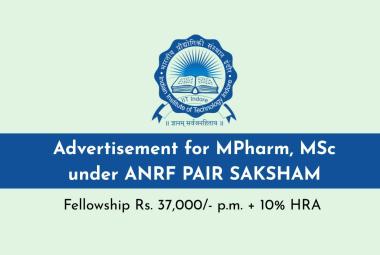Regeneron Pharmaceuticals, Inc. and Sanofi presented positive results from the EVEREST Phase 4 trial in adults with severe chronic rhinosinusitis with nasal polyps (CRSwNP) and coexisting asthma. In the trial, Dupixent® (dupilumab) outperformed Xolair® (omalizumab) on all primary and secondary efficacy endpoints of CRSwNP, and in all asthma-related endpoints. The data are from the first-ever presented head-to-head respiratory trial with biologic medicines and were shared in a late-breaking oral presentation at the 2025 European Academy of Allergy and Clinical Immunology (EAACI) Annual Congress.
“Patients suffering from chronic rhinosinusitis with nasal polyps often live with the constant obstruction of their nasal passages that can lead to burdensome nasal congestion and loss of smell. What’s more, a majority of these individuals also have asthma that can substantially impact their quality of life,” said Eugenio De Corso, M.D., Ph.D., ENT Specialist, Otolaryngology, Head and Neck Surgery, Rhinology, A. Gemelli University Hospital Foundation, IRCSS, Rome, Italy, and lead investigator of the study. “EVEREST is the first-ever trial to demonstrate the superiority of Dupixent over Xolair on CRSwNP endpoints in patients with coexisting asthma, along with generally similar safety profiles. Together, these Dupixent outcomes provide important insights that will help guide patients and physicians through the treatment decision-making process.”
In the EVEREST trial, 360 adults with severe, uncontrolled CRSwNP and coexisting asthma were randomized to receive Dupixent 300 mg (n=181) every two weeks or a weight- and immunoglobulin E (IgE) level-based dosing regimen of Xolair (n=179) every two or four weeks. Both Dupixent and Xolair were added to background mometasone furoate nasal spray (MFNS).
Primary and secondary endpoint results in CRSwNP for patients treated with Dupixent compared to Xolair at 24 weeks were as follows, with differences seen as early as 4 weeks:
• 1.60-point superior reduction in nasal polyp size, a primary endpoint (p<0.0001a)
• 8.0-point superior improvement in ability to identify different smells, a primary endpoint (p<0.0001a). More patients on Dupixent improved above the anosmia threshold compared to Xolair.
• 0.58-point superior reduction in nasal congestion/obstruction, a key secondary endpoint (p<0.0001a)
• 0.81-point superior improvement in loss of smell, a key secondary endpoint (p<0.0001a)
• 1.74-point superior reduction in symptom severity (p<0.0001a)
• 12.7-point difference in health-related quality of life (p<0.0001b)
• 31.27-point difference in peak nasal inspiratory flow (p<0.0001b)
• 1.87-point difference in overall severity of rhinosinusitis (p<0.0001b)
Asthma endpoint results for patients treated with Dupixent compared to Xolair at 24 weeks were as follows, with differences seen as early as 4 weeks:
• 150 mL difference in lung function (pre-bronchodilator FEV1; p=0.003b)
• 0.48-point difference in asthma control (p<0.0001b)
a Statistically significant
b Nominally significant as the endpoint was not included in the multiplicity adjustment hierarchy
The safety results in the EVEREST trial were generally consistent with the known safety profile of Dupixent in its approved respiratory indications, with similar overall rates of adverse events (AEs) observed between Dupixent (64%) and Xolair (67%). Serious AEs were reported in 2% and 4% of patients treated with Dupixent and Xolair, respectively. Additionally, AEs leading to trial discontinuation were reported in 3% of Dupixent patients and 1% of Xolair patients.
About the Dupixent Phase 4 Trial
EVEREST is a randomized, double-blind Phase 4 trial comparing the efficacy and safety of Dupixent to Xolair in adults with severe, uncontrolled CRSwNP and coexisting mild, moderate or severe asthma. During the 24-week trial, patients received Dupixent 300 mg every two weeks or Xolair 75 to 600 mg every two or four weeks, which was added to background MFNS. Xolair dosing was determined based on body weight and serum total IgE levels as per the approved label. All endpoints were assessed at 24 weeks.
The primary endpoints assessed change from baseline in nasal polyp score (NPS; scale: 0-8) and the University of Pennsylvania Smell Identification Test (UPSIT; scale: 0-40). Secondary endpoints included change from baseline in nasal congestion (NC; scale: 0-3), loss of smell (LoS; scale: 0-3), total symptom score (TSS; scale: 0-9), Sino-Nasal Outcome Test-22 (SNOT-22; scale: 0-110), peak nasal inspiratory flow, and rhinosinusitis disease severity (visual analogue scale: 0-10 cm). Other endpoints assessed pre-bronchodilator forced expiratory volume over one second (pre-BD FEV1) and the 7-item Asthma Control Questionnaire (ACQ-7; scale: 0-6).








